How did a Cold War nuclear planner become one of its biggest critics? Paul Jay traces Daniel Ellsberg’s journey from nuclear war planner to discovering the lies behind the “missile gap” with the Soviets. Jay exposes how defense industry executives and government officials manufactured the Cold War to keep military spending flowing after World War II. While the Soviet Union posed an ideological challenge, its military threat was deliberately exaggerated. The real goal? Using massive defense spending to stimulate the American economy while suppressing domestic opposition. The nuclear systems Ellsberg warned about remain active today. Jay’s upcoming film exposes how Cold War thinking continues to endanger us all – and what we can do about it.
Mini Doc: Gore Vidal’s History of the National Security State
Gore Vidal
The difference between Roosevelt and [Harry S.] Truman, his successor, is enormous. Roosevelt, in his first inauguration, says we have nothing to fear but fear itself.
Franklin D. Roosevelt
The only thing we have to fear is fear itself.
Gore Vidal
Then comes Harry Truman.
Harry S. Truman
There is a power, a monolithic power, in the world today. That power is communism forever on the march.
Gore Vidal
And he’s frightening us about this terrible enemy called Russia and communism. Just saw the difference; it’s night and day, night and day. Roosevelt hit the affirmative side and swept the nation. Truman got us deeper and deeper into great trouble and stirred the pot. And out of the pot comes [Joseph] McCarthy. Out of it comes the House on American Activities Committee. Out of it comes you’re not a good American. You are seen reading a book without moving your lips, that is a sure sign of a communist, and I speak as a U.S. Senator. That was the game.
Narrator
This our country and all its people could be in danger of nuclear attack. In minutes by enemy missiles. In hours, by enemy aircraft. Our cities, our farms, our factories.
Gore Vidal
Well, I think I saw through the myths of the Cold War almost from the beginning.
Paul Jay
As I mentioned before, when Dan joins RAND Corporation and becomes an active nuclear war planner, he is a thoroughgoing cold warrior hawk. He believes what Gore Vidal was ascribing to Truman and all the Cold War mythology he believes completely. Dan was at MIT, and on his path, people thought to a Nobel Prize in economics. He actually leaves to join the Marine Corps. He thought it was his duty to defend America from communism. This is just after the Korean War he joins, and gets sent actually to the Middle East.
This is where he talks about the missile gap. This is the beginning of the unraveling of the Cold War mythology for him. When he realizes that they’ve been lying, that in fact, there was a missile gap, but the missile gap was in favor of the United States, not the other way around, it’s the beginning of a series of revelations for him. It takes a long time before he really sees through the Cold War.
In fact, when he goes to Vietnam, he’s commissioned partly by Clark Clifford, who became Defense Secretary, and McNamara was before that, to do the report on Vietnam, which ends up being what’s called the Pentagon Papers. He’s still a hawk. He goes to Vietnam trying to figure out how to save the United States from this disaster. In the course of studying Vietnam and what led to the war and the number of lies that led to the Vietnam War, not the least of which, I don’t know if younger people know the Gulf of Tonkin incident where the U.S. said this American boat had been blown up by the North Vietnamese when in fact it wasn’t. I mean, that’s part of the whole thing that Dan starts to realize.
In the film, through Dan, we realize that in every war the United States has been in, at the very least since World War II, there are any number of lies, especially in terms of the Manhattan Project during World War II. Dan starts to realize that everything he believed, as he said, was a delusion, a very profitable delusion.
After he releases the Pentagon Papers, he’s arrested. He is tried under the Espionage Act. He only gets out because— it’s a funny story— Barbara Streisand holds a fundraising party for him. Because of that, he’s able to carry on his legal defense for another two to three months. By the end of those three months, John Dean, who was Nixon’s lawyer, spills the beans on the breaking into Ellsberg’s psychiatrist’s office, the same plumbers that broke into the Watergate Hotel. When the judge finds that out, he kicks the case.
Even then, he’s still pretty much a cold warrior, but he starts to read. He reads [Noam] Chomsky. He reads [Howard] Zinn. He starts to put the pieces together in a way that it’s not just what he says in Doomsday Machine, institutional madness, which is the term he uses many times. He starts to get this as beyond an issue of madness, even though it’s mad. But why is there institutional madness? He starts to realize how much of this is baked into what Vidal said there, the militarization of the U.S. economy.
He reads another book that was very influential to him, and this is in the early ’90s. I’m preoccupied with this right now because in the film we’re working on this section of the Cold War. That Kofsky book really dropped the coin for him, which was this architecture of the threat of the Soviet Union was not a misunderstanding on the part of the Truman administration but was a deliberate, calculated lie that the inner circle around Truman, and this includes particularly someone like [Paul] Nitze, who helps write this extremely important document, which I doubt too many people here have heard of. Let me just ask for the sake of argument. NSC-68. Anybody knows what that is? The two people that are studying this stuff. This was the framework for the Cold War. The Soviet Union is this evil force. They’re going to invade Western Europe. They’re going to attack the United States. We need to have this massive buildout, starting with expanding and developing nuclear weapons. The existential threat of the bomb is the rationale for the whole military-industrial complex and all the billions and trillions that get spent afterward.
Obviously, the reason why all this matters so much is because that fabric of lies is what’s still governing not just the U.S. but also Canadian— I have to keep reminding myself, I’m so involved in this U.S. stuff. The Canadian posture is mostly in line with the U.S., although we did…
I was just mentioning… I’m sorry, I forgot your name. Art? Yeah. One of the things at the end of the film there in terms of what could be done to get back into the Anti-Ballistic Missile Treaty or renegotiate a new one was abrogated by the Bush administration. One of the first things they did after 9/11… 9/11 wasn’t just the rationale for the invasion of Iraq. 9/11 was the rationale for abrogating the ABM Treaty, which had been a wet dream of the neoconservatives right from the early ’90s.
Why did they want to get rid of the ABM Treaty? The Anti-Ballistic Missile Treaty was the most rational thing. It actually begins under Johnson, the planning to have an ABM Treaty. Anti-Ballistic Missiles sound great. They’re there to defend us against a nuclear attack. If only they worked. Well, first of all, they don’t work because it’s an impossible thing. If you have thousands of things coming in and thousands and thousands of decoys, an ABM system is simply ineffective.
What is it effective for? An ABM system is great if you launch a first strike, knock out as much of the weaponry of the Russians, or it could be the Chinese, but mostly the thinking was Russia. Then, the second strike, maybe an ABM system, might have some effect on the second strike coming back. It’s actually a first-strike weapon. It’s not defensive.
Well, they realized this in ’72, and Nixon and [Leonid] Brezhnev signed a treaty to limit the development of ABM systems because they realized how destabilizing it was. How much does an ABM system cost? How long is a piece of string? It costs whatever you can bloody well get away with. It’s like, how much can you scare everybody is how much you can spend on an ABM system. The neocons who just wanted military budgets without end wanted to get rid of the ABM Treaty, and they did it in ’72.
What happened in Canada six months ago? Canada always supported the ABM Treaty and was against the abrogation of it. Now, what is it, six, seven, eight months ago? This government, liberal government, essentially has now pledged $40 billion, I think, over the next 20 years, which is to essentially now buy into the ABM system, something we know is BS. It even includes not just over-the-horizon radar but space-based radar, which is essentially the weaponization of space, something Canada has supposedly always been against. Now we’re in. What does it do for you?
Let’s say you know something’s coming in a minute earlier or five minutes earlier. What are you going to do about it? One, you still don’t know if it’s real. One guy had me going on an airplane once. He was in uniform. I asked, “What do you do?” He says, “I go around to bases, and I train people what to do if there’s a nuclear attack.” He says, “You put your head between your legs, you lean down, and you kiss your ass goodbye.” He had me going right up to kiss your ass goodbye. What if you know a little bit sooner? It makes no difference just that if it is a real first strike and it knocks out all these North American cities, you’re obviously going to, shouldn’t be, but they’re going to strike back against Russia with the American submarine fleet. It makes no difference if you know. What are you going to tell people five minutes earlier to get into their basement, which is pointless? The first strike is probably enough to begin a nuclear winter. A second strike guarantees you a nuclear winter. Why are we doing it?
Well, if you want to keep, and I’m talking to Canadians, if you want to keep selling stuff into the American military-industrial complex, you want to keep selling stuff into the nuclear complex, and we do all of that, you better go along with the thinking, the strategy, and the madness.
Dan starts to realize, to a large extent, through Kofsky’s book— and if you want, I actually have some quotes which I can read you, but I’ll see how interested everybody is in that— how conscious and deliberate the lying was. I’ll read you just some of this because it’s incredible.
Now we’re going back into 1947, ’48. This is one of the things that really clicked for Ellsberg. It’s why he says that the Cold War was essentially a subsidy for the American aerospace industry. Here’s a quote from Robert E. Gross, 1945, January, President of Lockheed Aircraft Corporation, which had done this massive buildout during the war. Now, the war is over. Now what? So he said in 1945, “Personally, I feel it is encouraging,” this is talk in Washington about some support for them, “but I must point out that much of this depends on the kind of peace we achieve.” This is in ’45. “If we have a true and lasting peace, obviously, the demand for military airplanes will be limited. On the other hand, if we have an armed truce and it begins to look as though this may be the case, the demand for military airplanes might be very considerable.”
This is the beginning of how they got to the need for the Cold War existential threat because it wasn’t that they didn’t consider the Soviet Union a threat; it was a threat, politically and ideologically. Whatever you think of the Soviet Union, it represented a socialist vision for most of the world. In 1945 and ’46, people didn’t know much about what Stalin had done inside the Soviet Union in terms of repression. There were liberation marches throughout Europe. They had Stalin’s photograph everywhere. In Greece, which he mentions, but in many countries, support for the Soviet Union, and this is most important, the domestic Communist movement in Europe, who were mostly the leaders of the partisan struggle, was high. They were looking at a world that wasn’t so eager to get into this Western American-controlled capitalist world, especially in Asia, Africa, and Latin America. That was the real problem. In that sense, the Soviet Union was a threat, but it was not a military threat.
There was no plan or prospect for the Soviet Union to march into Western Europe, and there was certainly no plan to use nuclear weapons as a first strike against the United States. They knew it, but they told the world, especially the American people, that there was such a threat. They used it in two ways. They used it to justify the nuclear weapons buildout, they used it to justify the military-industrial complex buildout, and they used it to suppress the domestic left in the United States. That’s where you get McCarthyism, and you get the House of Un-American Activities Committee. What do they do? They purge the government of anyone who’s at all progressive. They purged unions, which may have been the most important target for them. Of course, what’s well known is they purge Hollywood.
Here’s a quote. This is from the minutes of the Air Coordinating Committee, February 1947. These are the minutes of the meeting. “Mr. Norton,” who’s at the meeting, “feels that the real heart of the question is the survival of the U.S. aircraft manufacturing industry, particularly in the next six months to a year. It raises the question of how much of a subsidy must be forthcoming. Emergency legislation may be necessary in order to maintain minimum production levels.”
There’s a complex of things all happening at the same time. The Republicans and the sections of capital the Republicans represent are very focused on domestic politics. Most importantly, they want to smash the unions. In 1946, there were more strikes in the United States than any year before or after. It is one of the high peaks of worker militancy in the United States. All these soldiers come back from war and say, “We’re fighting and dying for democracy. How about we have some?” People around the world were saying things like that. There was a tremendous height of working-class activities. They passed this Taft-Hartley bill to make it much harder to organize unions.
Now, Truman knew because Henry Wallace, the Vice President Vidal talks about, is very progressive. In today’s terms, Henry Wallace, the Vice President, would have been to the left of Bernie Sanders. That’s not an exaggeration. He’s the Vice President. But there’s a coup in the Democratic Party Convention, and I guess it’s ’45; they dumped Wallace and brought in Truman to please the far right of the Democratic Party.
Wallace ran for President on an independent ticket in ’48, and he’s doing really well. In fact, he wins New York. So Truman does two things. He tries to outflank Wallace on the left, so he vetoes the Taft-Hartley bill, the anti-labor legislation, knowing his veto is going to get overridden in Congress. He knows his veto is not going anywhere. He advocates Medicare for all. Maybe he wanted it, I don’t know, but he also knew that Congress was going to veto it. It may be that he did this under pressure from Hoover, but he does what Vidal talked about. He passes the loyalty oath. This is the thing where they’re going to get rid of every progressive they can find in the country. In fact, Hoover starts creating a list of communists, progressives, socialists, and leftists. That’s a list of people to be arrested if there’s ever a real serious national emergency. During the Cuban Missile Crisis, they start finding where everybody on that list is. This is in what, 1962? They’re ready to round up all these people.
I’ll just conclude this point quickly, and then we can see where you want to go. What Dan started to realize later is that this decision, and again, ask me if you want, but the question is, why did they build a nuclear weapon when they knew the Germans didn’t have one? Why do they risk a test that they actually think has a chance of atmospheric ignition, setting the entire atmosphere on fire?
Everyone here has seen Oppenheimer, I assume. Yeah? No? There’s a scene where he says, “What’s the risk of atmospheric ignition?” “Very low,” says Oppenheimer. General [Leslie] Groves says, “But not zero. He says, “No, I can’t give you zero.” Well, why risk atmospheric ignition when you know the Germans don’t have a bomb? Because the bomb would give the U.S. such leverage in the post-World War II world. They knew that it wasn’t because they needed it against Japan. It’s fairly accepted now with some debate. There are many reasons for dropping the bomb on Japan, but the primary reason was to tell the world we have it and you don’t, especially tell the Soviet Union, we have it and you don’t. Even though they were getting all kinds of warnings from scientists, [Albert] Einstein, and all kinds of people were saying it’s only a matter of time until the Soviet Union has it and there’s going to be a nuclear arms race. They don’t mind that. God, look at the money that can be made in a nuclear arms race. The point here is that it’s baked into the politics and culture of the United States right from the American Civil War.
J. P. Morgan Bank comes into being by loaning money to the Union Army, selling government bonds, making money on the bonds, and then selling arms. This actually became a scandal afterward because Morgan was financing buying rifles for $2.25 and then selling them to the Union Army for $22 bucks. This goes back to the beginning of American industrialization, that big banks’ financialization and militarization are at the foundations of the U.S. economy and political culture.
It’s ours, too, because we ride the American gravy train. We can sound, say, self-righteous as Canadians, and we feel like, oh, we’re not really the bad guys. But a significant part of our economy is, and it’s very interesting, that one of the guys that owns one of the most significant aerospace defense contractor companies is also one of the main shareholders of Suncor. The combination of people in Canada involved in fossil fuel, arms manufacturing, and of course, the big banks.
We’re supposed to end at 6:30. We can go to 7:00, you said, if people want to. Yeah, I’ll go to questions in one minute. The objective of the film is two things. One is to undo this Cold War assumption that they’re out to get us because the possibility of any first strike launched against North America is just ridiculous. It would be the end of the world, and everybody knows it. The U.S. and us, as part of that, are defending ourselves against a nonexistent threat. The most dangerous part of that is launch on warning and the ICBMs, which they have no idea whether a strike coming in is actually a strike. They’re all going to already launch a counterstrike with subs, with everything. If they do, it’s the end.
One of the things Dan discovered, which I’m sure is still the case, is that they don’t just hit Russia. In the war plans Dan’s talking about, they hit every major city in China. Even if China wasn’t involved, that was the plan. Certainly, now, it would be the plan. You take out every city in Russia and China, even if there’s never a counterstrike this way, it’s the end of life as we know it because of nuclear winter.
We want to undo the Cold War thinking. We want to scare the shit out of people about the current threat. There are some concrete things that can be done to at least reduce risk. The most important is to get rid of launch on warning, phase out ICBMs, and get back into an ABM Treaty, and we have to deal with AI. Anyway, there’s lots to talk about.
Podcast: Play in new window | Download | Embed
Subscribe Apple Podcasts | Spotify | Android | iHeartRadio | Blubrry | TuneIn | Deezer | RSS
Never miss another story
Subscribe to theAnalysis.news – Newsletter

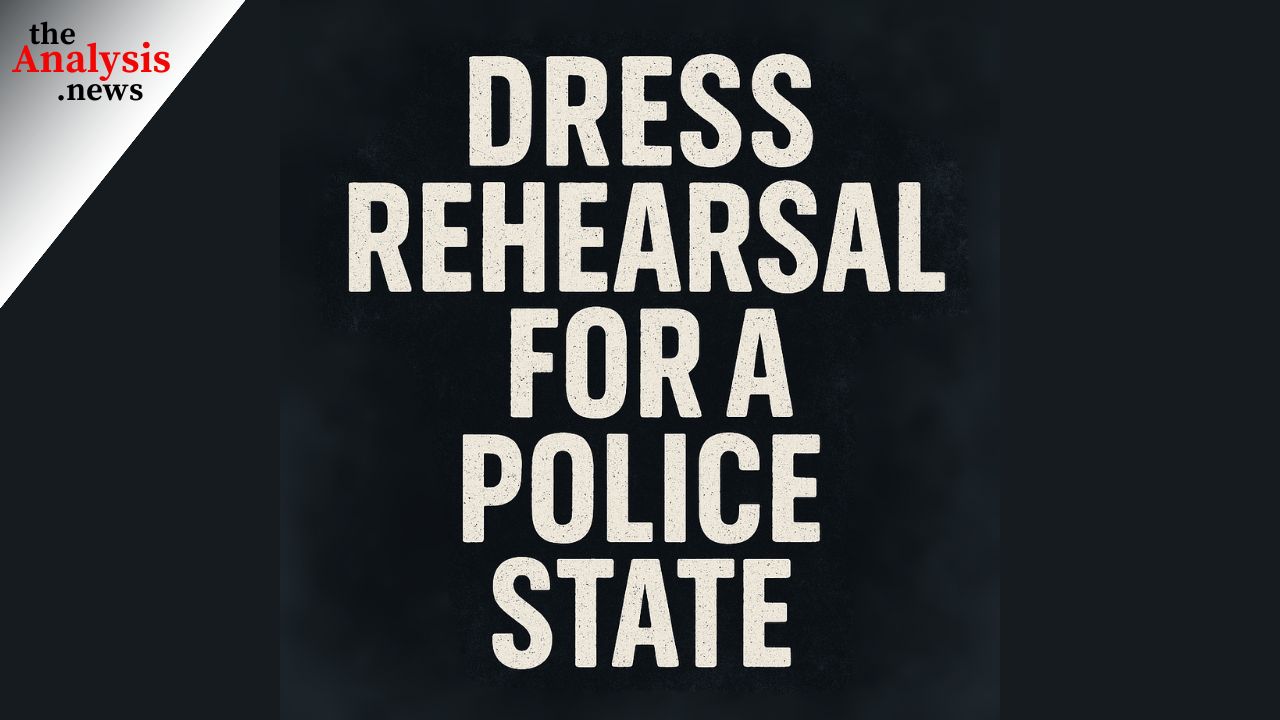


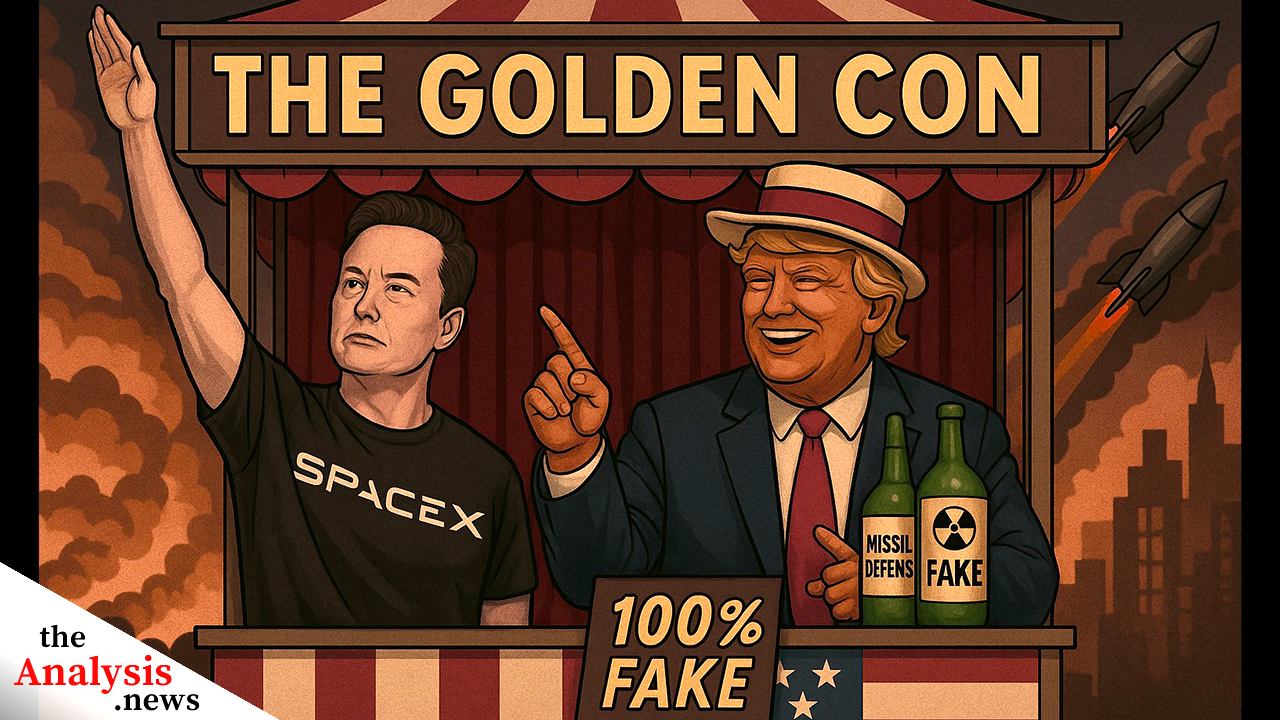
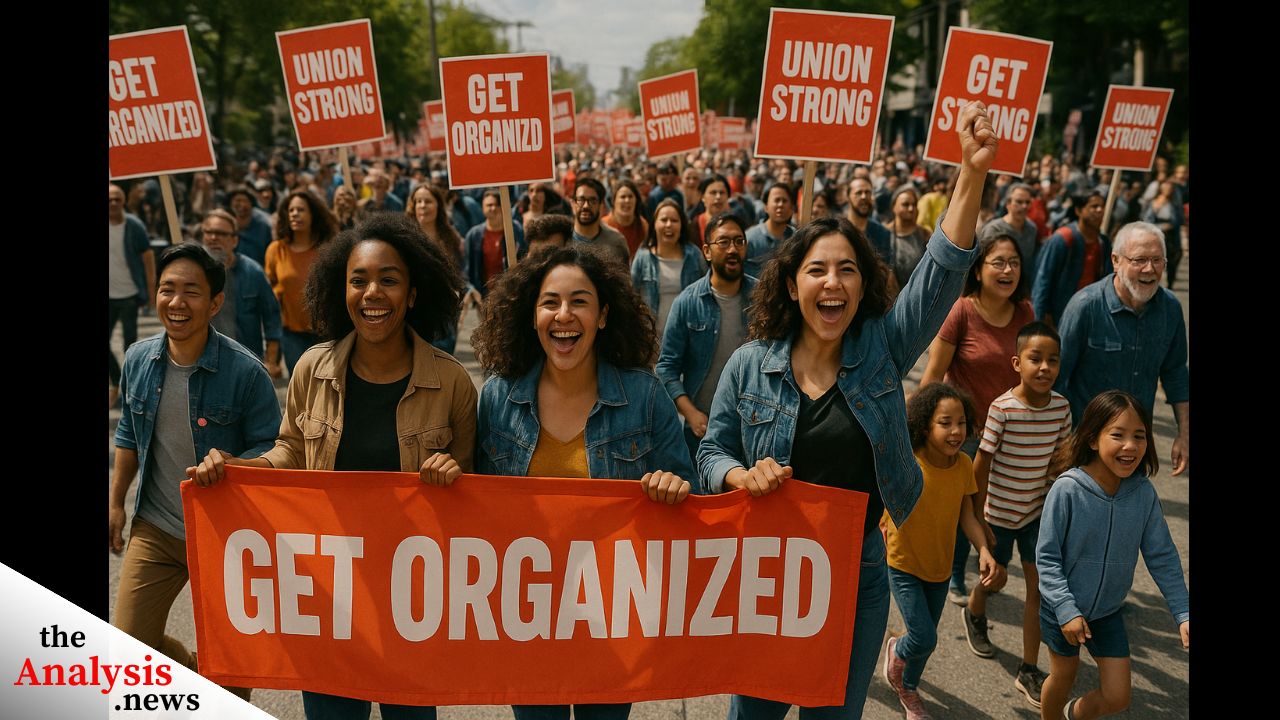
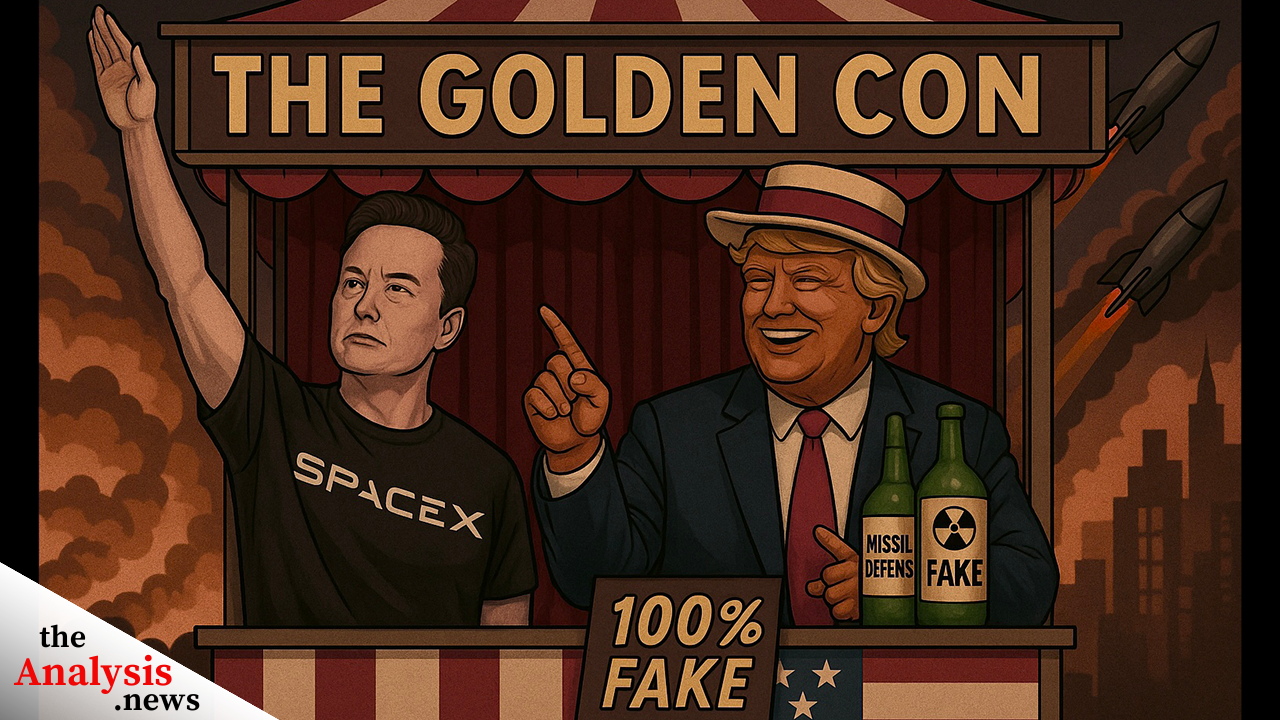
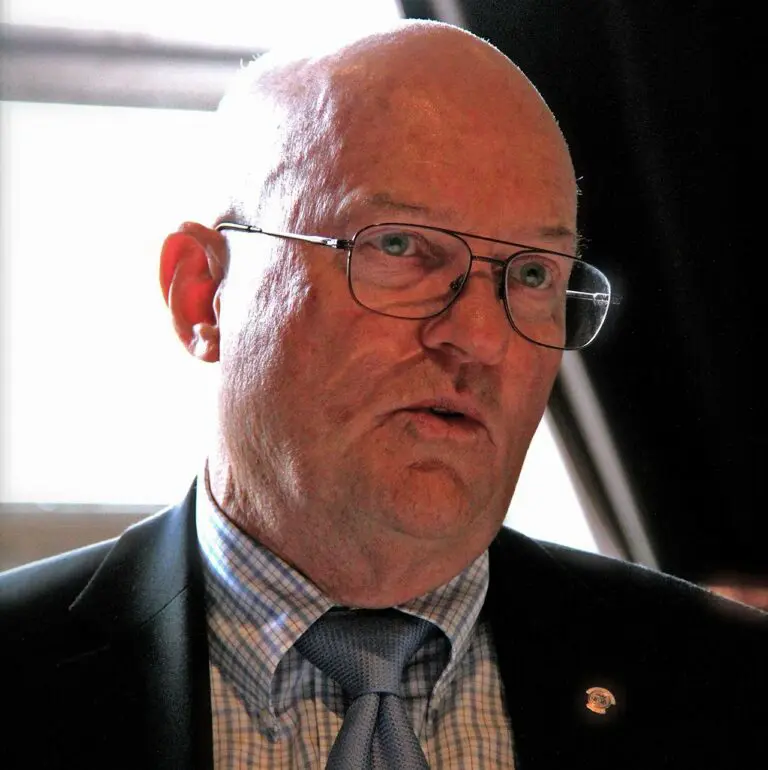
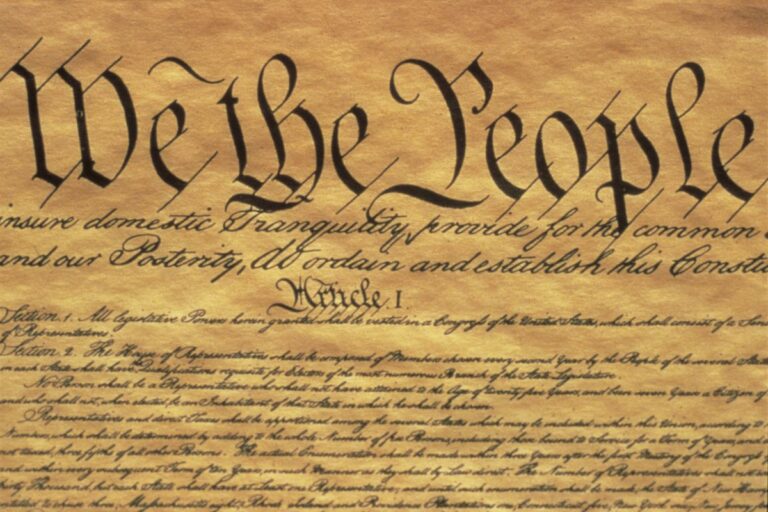
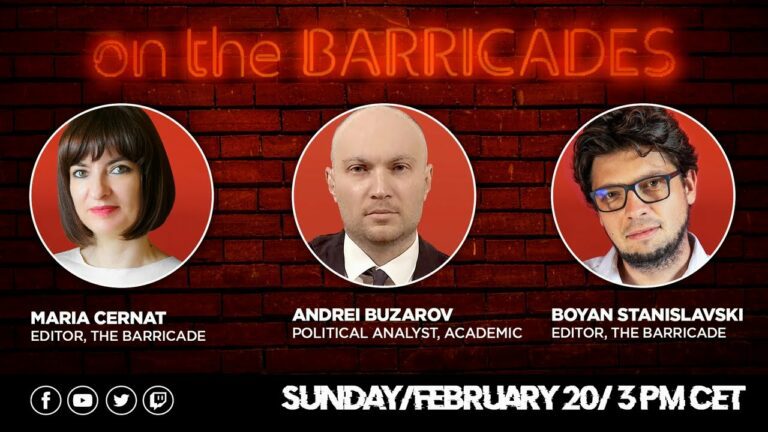

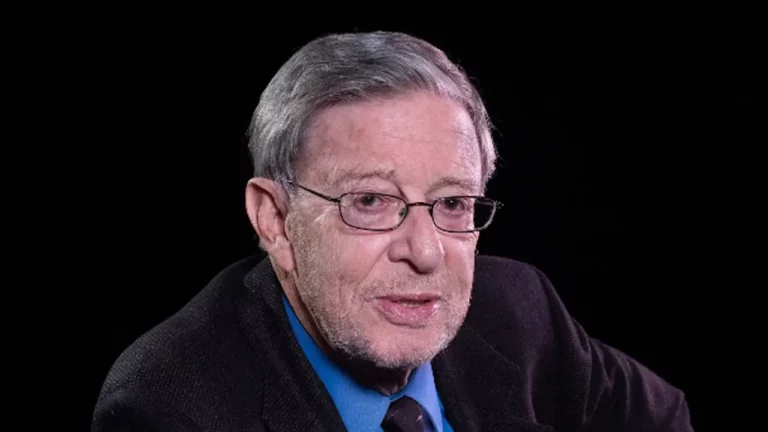

Your 25 minute video is congruent with my own memories of how the cold war was justified in the 1950s. What follows today if it’s true? Thanks. – Bob Stone
Thank you Paul, for addressing the most important issue of our day.